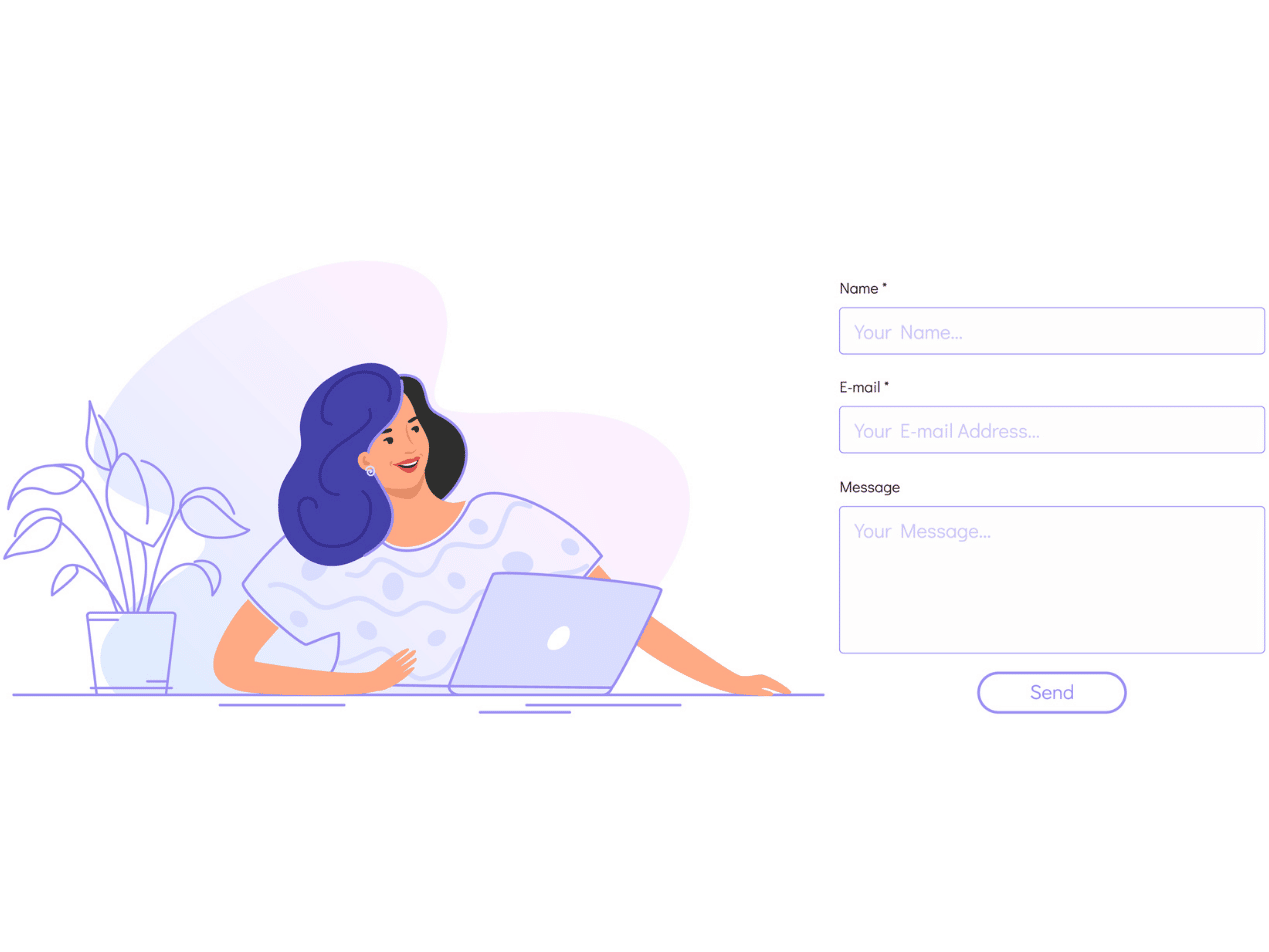
Recent survey data published in the journal Health Affairs, shows a staggering 63% of insured adults who had a healthcare visit in the previous year did not visit a patient portal. This lack of engagement can be attributed to various factors, including a lack of promotion and offerings from physicians, health systems, and insurers.
To address this issue, the American Medical Association (AMA) has been actively working towards making technology an asset rather than a burden in healthcare delivery. They have created the digital health implementation playbook, which aims to accelerate the adoption and scaling of innovative solutions.
Download: Whitepaper: Are Patient Portals Ruining Your Healthcare Business?
Understanding the reasons behind underutilization
The Health Affairs article provides valuable insights into the key reasons why patients are skipping the use of patient portals. Here are the top five reasons identified:
- Prefer to speak directly with the physician - Approximately 70% of patients preferred direct communication with their physicians rather than using a patient portal.
- No perceived need to use the portal - Around 57% of patients felt that they did not need to use the portal, as they were satisfied with their current mode of communication with healthcare providers.
- Lack of online medical records - Roughly 32% of patients reported not having an online medical record, which is a prerequisite for utilizing a patient portal.
- Limited internet access - Approximately 25% of patients cited a lack of internet access as a barrier to using patient portals.
- Privacy concerns - Privacy and security concerns were expressed by 22% of patients, particularly those in certain demographic groups such as patients over the age of 40 and Hispanics.
Demographic profile of non-users
The study's authors, from the University of Michigan and the University of Wisconsin-Milwaukee, conducted a comprehensive analysis of non-users of patient portals and identified specific demographic characteristics associated with non-utilization. Non-users were found to be more likely to be male seniors without a college degree or job. Additionally, they tended to reside in rural areas, receive Medicaid, and lack a regular source of care.
The alternative to patient portals
Are patient portals the best way to communicate with your patients? The answer is HIPAA compliant email that is easy to use and secure is your best option. Implementing a HIPAA compliant email system may seem like a daunting challenge. However, it’s a lot easier than you think. Paubox has a variety of products that can help you achieve security for your patients.
HIPAA compliant email is an effective alternative. Seamless, secure email like Paubox requires no training or learning curve because it works with providers' and patients' regular email. That means communication with no extra steps, passwords, or mobile apps.
FAQs
What is the master patient index?
The Master Patient Index identifies patients across separate clinical, financial and administrative systems and is needed for information exchange to consolidate the patient list from the various RPMS databases.
What is remote monitoring in healthcare?
The ability to monitor certain aspects of a patient's health from home has become an increasingly popular telehealth option. Remote patient monitoring lets providers manage acute and chronic conditions, and it cuts down on patients' travel costs and infection risk.
Subscribe to Paubox Weekly
Every Friday we'll bring you the most important news from Paubox. Our aim is to make you smarter, faster.




